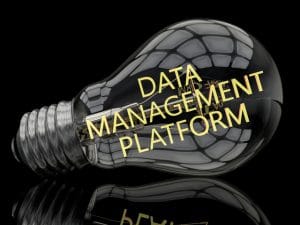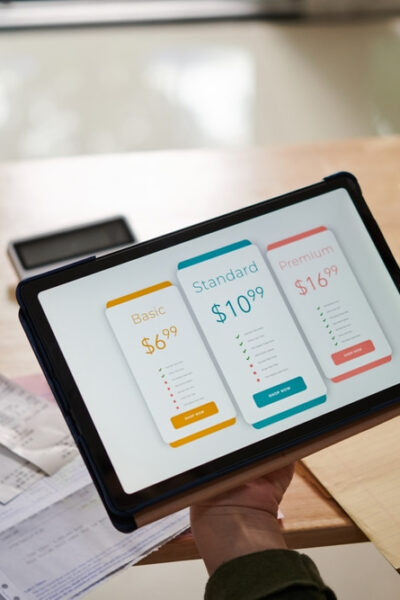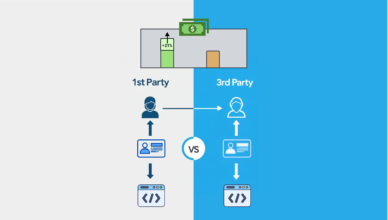Having a DMP is a lot like having a first officer like Mr. Spock from Star Trek to help you with your digital advertising. How so?
Well, think of it this way. No matter what situation the crew of the Enterprise found themselves in, there was Mr. Spock, gathering data and churning out insights that were vital to the crew. A DMP does much the same. Used properly, it informs your future advertising decisions admirably.As Mr. Spock would say, DMPs are “fascinating.”
What is a DMP?
A DMP, or data management platform, is a data house for audience and campaign data that comes from multiple sources. That may at first seem to be just like any other database you use to gather customer information, but in reality, a DMP is so much more.
What does a DMP Do?
Gartner explains the various functions of a DMP as:
- importing data
- finding audience segments
- sending instructions to a DSP
That all sounds rather bland and uninspired at first glance, but let’s look again. For instance, to say that a DMP imports data is like saying that Van Gogh paints. It’s true, but it barely scratches the surface of what a DMP does. Your DMP gathers structured data from a number of different systems, both online and offline, and organizes it in one place. That functionality, of itself, is beneficial because it gives you a global view of known and unknown audiences.
The Drum explains: “DMPs allow you to bring in data from your website, your customer database (including offline data), your data deals with partners and/or more general third-party data marketplaces to create a single-customer view which can then be segmented in a structured way.”
The relationship between DMP and Programmatic Advertising
Because it enables greater segmentation, you can get a more granular look at your target audience for advertising purposes. But this is where it gets even better. A DMP does not merely allow you to manage your current customer base. It also communicates with DSPs (demand-side platforms) for ad targeting to new audience segments. In other words, it tells a DSP where to go and what to do. Then, the DSP executes programmatic ad buys based on the instructions it receives from your DMP.
That is not the end of it. MarketingLand explains: “The DMP then continues to pull in performance results of those segments, analyzes which audiences are performing well or poorly and feeds that information back to the DSP. The DSP uses that to optimize ongoing campaign bidding and targeting.”
The bottom line
Digital marketing at its best is highly personalized content delivered at the right time to the right audience. Forbes notes that your DMP “can help you pinpoint customer interactions across the multi-channel ecosystem. These new touch points can provide valuable information to help you connect with customers with individualized, relevant messages.”
DMPs help make programmatic advertising successful.
Of course, every business must decide whether to invest in a DMP. However, it is important to note that, if your competitors are using DMPs, they are targeting their current customers and most likely your customers as well. When you consider it that way, the better question may be “Can you afford not to invest in a DMP?”
Has there been anything that I have missed out, in terms of facts? Are you interested that I show you the steps in how to use a data management platform? What if there are better alternatives out there?
Please leave your comments below.










